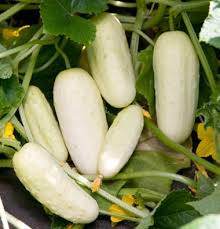




 1
1




 :
:“The most important decision we make is whether we believe we live in a friendly or hostile universe.”― Albert Einstein
 1
1





 1
1




List of Bryant RedHawk's Epic Soil Series Threads We love visitors, that's why we live in a secluded cabin deep in the woods. "Buzzard's Roost (Asnikiye Heca) Farm." Promoting permaculture to save our planet.
















 1
1




List of Bryant RedHawk's Epic Soil Series Threads We love visitors, that's why we live in a secluded cabin deep in the woods. "Buzzard's Roost (Asnikiye Heca) Farm." Promoting permaculture to save our planet.




















List of Bryant RedHawk's Epic Soil Series Threads We love visitors, that's why we live in a secluded cabin deep in the woods. "Buzzard's Roost (Asnikiye Heca) Farm." Promoting permaculture to save our planet.




 1
1




 1
1




Is it possible to grow plants in 'under-sized' containers?
Would the limited space just result in higher root density? And if this is the case does that mean the plant will pull water or nutrients out of the soil faster?
Would a smaller container result in a smaller plant, or possibly in the case of fruiting plants, let robust fruits?
Or would an undersized container just kill the plant?













Out of curiosity, would it be possible to do something like taking chicken wire, forming it into a sturdy cylinder, maybe lining with some sort of loose knit cloth, and filling it with soil as a sort of make-shift container?
One last question regarding container size: If I have a deep but narrow container will the plant just grow in the available direction or would that still have an adverse effect?



























“The most important decision we make is whether we believe we live in a friendly or hostile universe.”― Albert Einstein





|
When people don't understand what you are doing they call you crazy. But this tiny ad just doesn't care:
Rocket Mass Heater Resources Wiki
https://permies.com/w/rmh-resources
|






